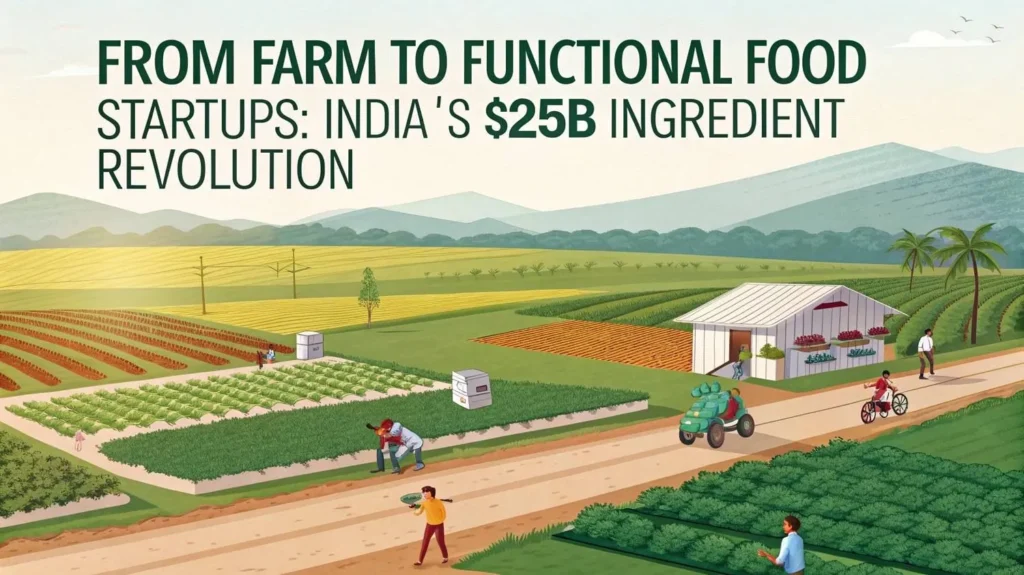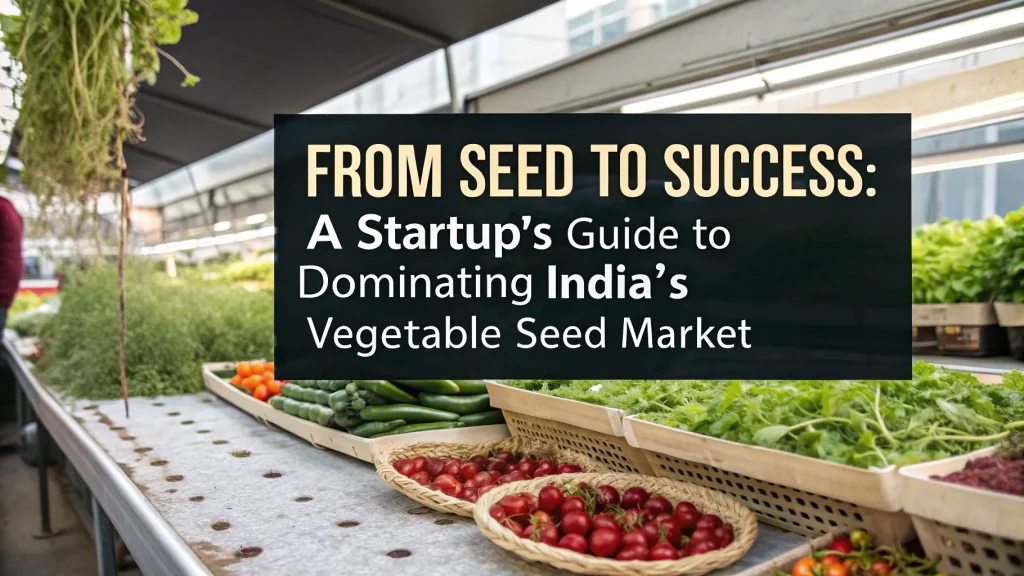Palm oil production plays a vital role in the global economy, particularly in tropical countries such as Indonesia, Malaysia, Nigeria, and Thailand. Extracted from the fruit of the oil palm tree (Elaeis guineensis), palm oil is one of the most versatile and widely used vegetable oils. Its applications range from food products like margarine and cooking oil to cosmetics, detergents, and even biofuel. As the demand for palm oil continues to grow, understanding the dynamics of the palm oil production industry becomes increasingly important for entrepreneurs, investors, and policymakers alike.
Understanding the Palm Oil Production Industry
Palm oil production involves a series of carefully coordinated processes that begin with the cultivation of oil palm trees and end with the refining of crude palm oil. The industry operates within a complex ecosystem, involving smallholder farmers, large plantation companies, processors, exporters, and buyers. It is labor-intensive and capital-demanding, but also highly profitable when managed efficiently.
Cultivation of Oil Palm Trees
The foundation of palm oil production lies in the successful cultivation of oil palm trees. These tropical trees thrive in regions with consistent rainfall and sunlight. The ideal conditions include annual rainfall between 1,800 mm and 2,500 mm and temperatures ranging from 24°C to 32°C. Oil palm trees begin bearing fruit three to four years after planting and continue to be productive for 25 years.
Farmers typically plant hybrid seedlings that offer better yields and disease resistance. During the early growth stage, the focus is on soil preparation, irrigation systems, and pest control. Proper maintenance ensures healthy trees, which produce fruit bunches weighing 10–25 kilograms each, containing hundreds of individual fruits.
Harvesting and Transportation
Harvesting is done manually by skilled workers using long-handled sickles to cut ripe fruit bunches. The fruits must be processed quickly, ideally within 24 hours, to prevent free fatty acid (FFA) buildup, which lowers oil quality. Once harvested, the fruit bunches are transported to nearby processing mills. Efficient logistics are essential to ensure freshness and reduce operational costs.
Processing of Fresh Fruit Bunches (FFBs)
The next critical stage in palm oil production is the processing of FFBs to extract crude palm oil (CPO) and palm kernel oil (PKO). The process includes several key steps:
-
Sterilization: The fruit bunches are steamed at high temperatures to kill enzymes and loosen the fruits from the bunches.
-
Threshing: The sterilized fruits are separated from the bunch stalks.
-
Digesting: The fruits are mashed to break down the oil-bearing cells.
-
Pressing: The mash is pressed to extract oil.
-
Clarification: The crude oil is separated from water and solid residues through sedimentation or centrifugation.
-
Purification: The oil is filtered to remove impurities before being stored or transported for refining.
Simultaneously, the nuts (kernels) inside the fruits are recovered, dried, and processed further to extract palm kernel oil, which has distinct industrial and food uses.
Refining and Fractionation
Crude palm oil undergoes refining to improve its color, odor, taste, and shelf-life. The refining process typically includes degumming, neutralization, bleaching, and deodorization. The result is refined, bleached, and deodorized palm oil (RBDPO), suitable for use in edible products.
Fractionation further separates RBDPO into solid (stearin) and liquid (olein) components. Stearin is used in bakery fats and soaps, while olein serves as cooking oil and salad oil. The versatility of palm oil adds to its global demand.
Industrial and Consumer Applications
Palm oil production supports a wide array of industries:
-
Food Industry: Used in baked goods, margarine, confectionery, ice cream, and instant noodles.
-
Cosmetic and Personal Care: Found in shampoos, soaps, lotions, and creams due to its moisturizing properties.
-
Household and Industrial Cleaning: Acts as a base for surfactants in detergents and cleaning products.
-
Biofuel and Energy: Used in biodiesel as a renewable energy source.
Due to its high oxidative stability and semi-solid consistency at room temperature, palm oil remains the preferred choice for many manufacturers.
Economic Impact
Palm oil production contributes significantly to the GDP of producing countries. It creates employment opportunities for millions of people, from smallholders to factory workers and logistics providers. In Indonesia and Malaysia, the industry contributes billions to the national economy and remains a key export commodity.
Moreover, the palm oil production sector has encouraged rural development through infrastructure improvements and better access to education and healthcare in plantation areas. The sector also supports the development of downstream industries like refining, packaging, and export.
Environmental Concerns and Sustainability
Despite its economic benefits, palm oil production has raised serious environmental concerns. Deforestation, habitat loss, and greenhouse gas emissions are significant issues in regions where forests are cleared to establish plantations. These practices threaten biodiversity, including endangered species like orangutans and tigers.
To address these issues, several sustainability initiatives have emerged. The Roundtable on Sustainable Palm Oil (RSPO) is one of the leading organizations promoting sustainable practices in the industry. Certified sustainable palm oil (CSPO) must meet stringent environmental and social criteria, including fair labor practices and forest conservation.
Large companies now invest in traceability systems and satellite monitoring to ensure responsible sourcing. Government regulations and consumer awareness campaigns have also played a role in encouraging eco-friendly practices.
Challenges in the Palm Oil Production Industry
Palm oil production faces multiple challenges:
-
Land Disputes: Conflicts over land rights between communities and plantation developers can delay projects and damage reputations.
-
Labor Shortages: The labor-intensive nature of harvesting often results in labor shortages or dependence on migrant workers.
-
Price Volatility: Global market prices for palm oil can fluctuate due to weather patterns, geopolitical factors, and changing demand.
-
Trade Restrictions: Export bans or import duties can affect international trade, especially with rising concerns over deforestation-linked imports in countries like the EU.
Future Prospects and Innovation
The palm oil production industry continues to evolve with the introduction of advanced technologies. Precision agriculture, drones, AI-powered crop monitoring, and automated harvesting tools are transforming plantation management. These technologies promise better yields, reduced costs, and minimized environmental impact.
Biotechnology research is also focusing on developing higher-yielding, disease-resistant oil palm varieties. Meanwhile, innovations in alternative feedstocks (like algae or yeast-based oils) are being explored to reduce dependence on land-intensive crops.
The demand for palm oil is projected to rise steadily in the coming years, driven by population growth, urbanization, and rising incomes in emerging markets. With the right balance of profitability and sustainability, palm oil production can continue to thrive responsibly.
Conclusion
Palm oil production is a vital global industry that underpins numerous sectors, from food and personal care to renewable energy. While the industry offers immense economic benefits, it must navigate complex environmental and social challenges. Through responsible practices, technological innovation, and adherence to sustainability standards, the palm oil production industry can, therefore, contribute positively to global development. Moreover, entrepreneurs looking to invest in this sector should prioritize efficiency, compliance, and transparency to ensure long-term success.
Visit the page Select and Choose the Right Business Startup for You for sorting out the questions arising in your mind before starting any business and know which start-up you can plan. We, at NPCS, endeavor to make business selection a simple and convenient step for any entrepreneur/startup. Our expert team, by capitalizing on its dexterity and decade’s long experience in the field, has created a list of profitable ventures for entrepreneurs who wish to diversify or venture. The list so mentioned is updated regularly to give you a regular dose of new emerging opportunities.




